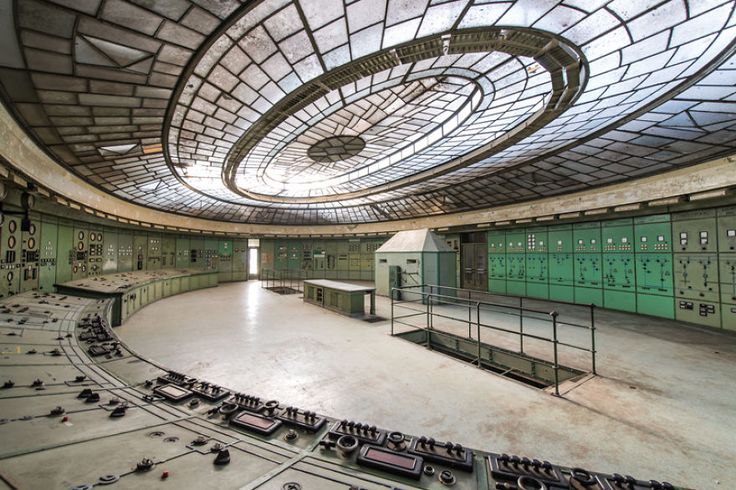3 Vital Emergency PA System Tests Every Stadium Should Perform

Will Your Stadium PA System Work in an Emergency?
Worryingly, many won’t. Here’s why.
When an emergency strikes, your stadium’s PA system is vital to keeping people safe. But the truth is, many stadiums don’t test their systems thoroughly, leaving them vulnerable when it matters most.
Here are the most common issues:
- Avoiding Stress Tests
If your maintainer skips stress testing your system out of fear they’ll reveal major flaws, then you may have more of a problem than you thought. Their job is to find any flaws with your system so you don’t discover them during an emergency – remember you are personally and criminally responsible. - Unqualified Maintenance Teams
Often, sound systems are maintained by fire alarm companies or general contractors, not sound specialists. The result? Superficial checks that miss critical issues. - Superficial Maintenance
Quick fixes and minimal testing are commonplace. But “it’s always worked before” isn’t enough to guarantee it will work when lives depend on it. - False Confidence in Backup Plans
Having backup systems is good—until you realise they’ve never been properly tested in a real-world scenario.
Your PA system should pass the following tests with ease.
In fact…
Your Safety Certificate likely includes a condition that your PA system is a part of your emergency evacuation plan. If your maintainer hesitates doing comprehensive testing, it’s time to ask why – don’t let them making you the laughing stock!

Test 1 – “Abandon” Match Control Room
The sound system should always have more than one emergency microphone located in different parts of the venue so that a secondary location can be used should the primary location be compromised.
Emergencies like fires, bomb scares, or even flooding can put your match control room out of action. That’s why your PA system needs more than one emergency microphone, placed in different areas of the stadium.

Fire…bomb scare…flooding (we’ve seen a drainage system fail on more than one occasion); all put your match control room out of action.
If you lack a second emergency microphone, it’s easy to add: receptions are a popular place.
The following test will validate your second announcement point’s emergency capability.
Emergency Microphone Checklist

If you don’t get the following right you might as well talk in to a tin connected via some wet string.
Before you start testing, imagine you are directing the evacuation from this second announcement point and recreate that scene.
Ask people to talk face to face, on radios and phones nearby.
Throughout this test remember that announcements need to be as loud and clear as they are from your match control room.
Now run through these checks (you’ll need someone to listen to your broadcasts):
- Make an announcement to each zone and confirm it is heard in each one.
- Ask your listener whether they can hear those people chatting behind you.
- Check all functions work, including zone buttons and broadcasting recorded messages.
- Broadcast a recorded message to the zone you’re standing in, then make a live announcement to the other side of the stadium. Are nearby PA loudspeakers interfering with your live announcement?
- Put your mobile phone and two way radios near the microphone console, then get someone to phone/radio you. Does either cause interference?
Test 2 – “Failed” Power Supply
All parts of the sound system associated with emergency use should be powered such that they remain in reliable continuous service whether the power is primarily derived from public service mains, standby generator mains, standby batteries, or a combination of these.
Your system must have two sources of power and either should be able to run your system in full emergency mode alone.

Power checklist
- Play music from your DJ position.
- Remove the mains supply: the music needs to stop otherwise it will drain your batteries faster.
A serious but common issue is amplifiers shutting down when one of the power sources fails.
To check for this, you need to run the system with just the mains connected then with just the batteries connected, whilst doing the following:
- First, switch off the mains supply.
- Then make announcements from match control and from your secondary announcement position and check all areas get them.
- Reconnect the mains then disconnect the batteries and repeat the above.
It’s also important that announcements sound the same whether one or both of the supplies are connected.
Test 3 – Prioritising Safety Announcements
Nothing should block live safety announcements. Music, DJ announcements, recorded messages should all be silenced when you make a live announcement from any emergency microphone.

Silence is crucial, lower priority broadcasts should not mix or carry on at a lower volume.
What is often forgotten is that when a stadium hosts a concert, you should still be able to silence the concert system, or at least use their system, to make emergency announcements.
The Match Control microphone often takes top priority. Sometimes the secondary emergency microphone has equal priority.
Equal priority means whoever starts announcing to a zone cannot be overridden by any other emergency microphone.
Broadcast checklist

Here’s the list of broadcast sources, those at the top should silence those below them:
- Emergency microphones – these silence everything.
- Evacuation recorded messages.
- Emergency warning recorded messages (fire alert).
- Safety information messages (no smoking, no pyrotechnics, etc).
- Music and DJ (yes even Taylor Swift) – everything silences these.
Here’s how to test this:
- Play music from the DJ position, then let the safety message go out.
- Without stopping the safety message, start the emergency warning message.
- Keep the warning message playing and start the evacuation message.
- Finally, use the emergency microphones.
If you only hear the one you just selected great, if not your broadcast priorities are wrong and you need your PAVA maintainer to fix it.
The next step is to check that as you switch off each source the lower priority broadcast is heard again.
So…
- When you release the microphone talk button the evacuate message should play.
- Stop the evacuate messages and you should hear the warning message.
- Stop that and the safety message should return.
- Stop the safety message and you should get back to the DJ’s music.
Want to check the emergency microphone priority? Here’s how…
Position someone at both microphones.
- At one microphone begin broadcasting to all zones.
- When the other person hears the announcement they too try to make an all-call announcement.
- If they are equal priority the second microphone announcement should not be heard.
- Again only the microphone that went first should be heard.
- If one microphone always blocks the other then that has highest priority.
Good luck and happy testing!

